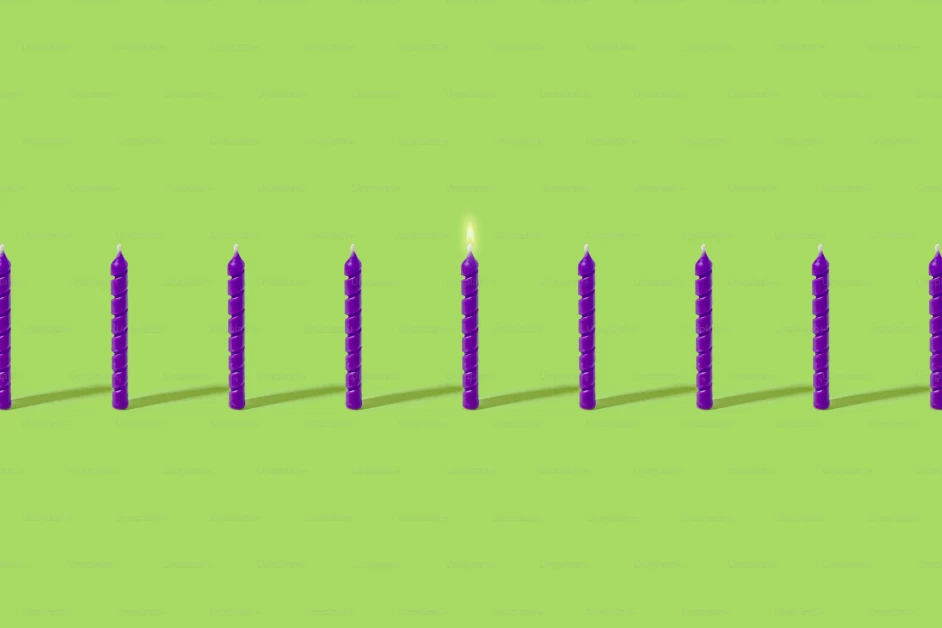Table of Contents
Introduction
The marketing and sales funnels are closely related as they both describe the process of turning prospects into customers. While they share similarities, there are some key differences between the two. This article will explore the distinctions between the marketing and sales funnels and explain how they work together to convert prospects into customers.
The Marketing Funnel
The marketing funnel is a broader concept that encompasses the entire customer journey, from the awareness stage to the loyalty stage. It is designed to attract and engage potential customers, nurture relationships, and ultimately convert them into paying customers.
Top of the Funnel: Awareness
The top of the marketing funnel is the awareness stage, where prospects become aware of your brand and engage with it for the first time. At this stage, the focus is on creating brand awareness and educating potential customers about your product or service.
Strategies for the top of the funnel include content marketing, SEO, social media marketing, and paid advertising. The goal is to attract prospects and introduce them to your brand.
Middle of the Funnel: Consideration
The middle of the marketing funnel is the consideration stage, where prospects have engaged with your brand and are considering your product or service as a solution to their problem. This stage is all about building trust and providing value to potential customers.
Strategies for the middle of the funnel include providing informative content, case studies, product comparisons, and personalized landing pages. The goal is to engage with prospects, answer their questions, and address any concerns they may have.
Bottom of the Funnel: Conversion
The bottom of the marketing funnel is the conversion stage, where prospects are ready to make a purchase decision. At this stage, the focus is on providing specific reasons for prospects to choose your brand over your competitors.
Strategies for the bottom of the funnel include offering trials or demos, providing how-to guides, sharing customer reviews and testimonials, and making price and feature comparisons easily accessible. The goal is to convert prospects into paying customers.
Loyalty Stage
Beyond the conversion stage, the marketing funnel includes a loyalty stage. This stage focuses on turning one-time customers into repeat customers and advocates for your brand. Strategies for the loyalty stage may include loyalty programs, email marketing, and personalized offers.
The Sales Funnel
The sales funnel is more specifically designed to turn leads into paying customers. While the marketing funnel focuses on attracting and engaging potential customers, the sales funnel is all about closing the deal.
Marketing Qualified Leads (MQLs) and Sales Qualified Leads (SQLs)
One of the primary differences between the marketing and sales funnels is the way the conversion stage is defined. In the marketing funnel, a site visitor who has signed up for a product or service or a free trial is considered to have reached the end of the funnel. However, in the sales funnel, the goal is to turn Marketing Qualified Leads (MQLs) into Sales Qualified Leads (SQLs) and ultimately into paying customers.
The sales funnel focuses on the specific actions and behaviors of leads that indicate they are ready to purchase. This may include actions such as requesting a demo, contacting sales, or submitting a purchase order. The sales team then works to nurture these leads and guide them through the final stages of the funnel.
Funnel Segmentation
Funnel segmentation is a strategy that involves dividing the marketing and sales funnels into smaller segments based on customer behavior, demographics, or other criteria. By segmenting the funnels, businesses can tailor their marketing and sales strategies to better meet the needs and preferences of different customer segments.
Segmentation can be based on various factors, such as age, gender, location, industry, or previous interactions with the brand. By understanding the unique characteristics of each segment, businesses can create personalized marketing messages and offers that resonate with their target audience.
Segmenting the funnels can also help businesses identify areas of improvement and optimize their marketing and sales strategies. By analyzing the performance of each segment, businesses can determine which segments are most profitable and which may require additional attention or adjustments.
Conclusion
The marketing and sales funnels are closely related but have distinct differences. The marketing funnel focuses on attracting and engaging potential customers, nurturing relationships, and converting them into paying customers. The sales funnel, on the other hand, specifically targets leads and aims to turn them into paying customers.
By understanding the differences between the marketing and sales funnels and implementing funnel segmentation strategies, businesses can effectively guide prospects through the customer journey and optimize their marketing and sales efforts.
